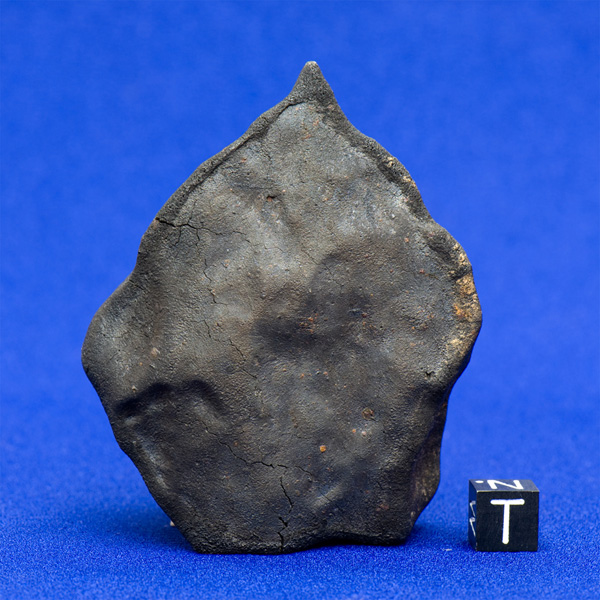Historic Center Research: Murchison
To celebrate of 60 years of the Center for Meteorite Studies, we’re posting stories of historical Center events, new research initiatives, exciting outreach programs, conservation and growth of the Center’s invaluable meteorite collection. We invite you to follow us on social media, and share your memories and photos of the Center for Meteorite Studies using #CMS60.
The Murchison meteorite fall of 1969 was one of the most scientifically important in human history. This carbonaceous (CM2) chondrite was witnessed entering Earth's atmosphere the between 10:45 and 11:00 AM on September 28th, in Victoria, Australia. The meteorite broke up as it fell, and several fragments were recovered, totalling over 100 kg (220 lb). Some specimens landed on a road, but the largest recovered piece fell through a roof, into some hay.
Murchison fell shortly after brand new clean laboratories were assembled in anticipation of the Apollo lunar sample return mission, providing a contaminant-free environment in which to study this organic-rich meteorite.
It was by studying Murchison that a team of researchers including Center Founding Director Dr. Carleton B. Moore discovered the first evidence of extraterrestrial amino acids in 1970 (Kvenvolden et al.). A later study showed evidence for the presence of important components of DNA and RNA, called nucleobases, in Murchison (Martins et al., 2008), and the findings of a 2018 paper authored by ASU Emeritus Professor Sandra Pizzarello and Dr. Christopher Yarnes suggest that chiral molecules necessary for life may have come to Earth via meteorites such as Murchison.

Fifty years after its fall, the Murchison meteorite remains one of the most studied space rocks, and is still the subject of active research at ASU.
In a recent video produced by National Public Radio's Science Friday, Center Meteorite Curator Dr. Laurence Garvie discusses the importance of meteorites, including Murchison, and even describes the meteorite's particular odor – click here to watch.